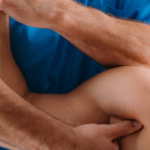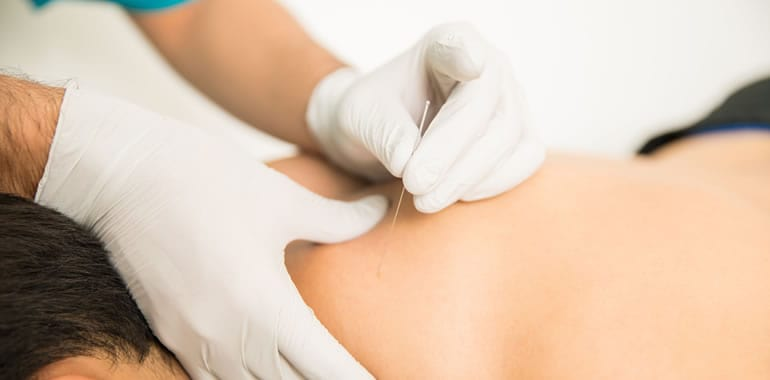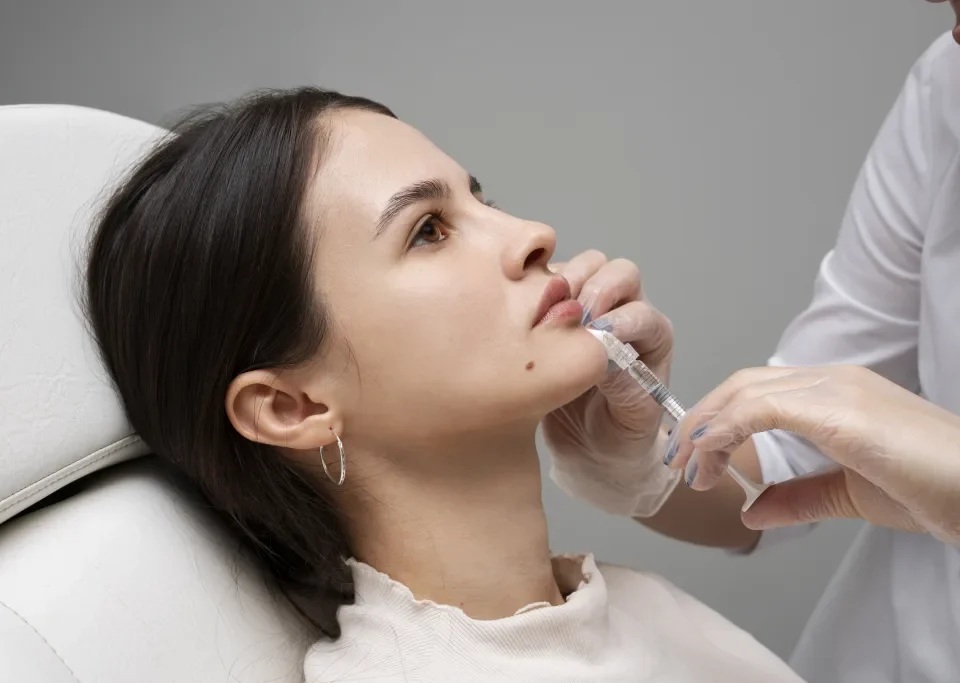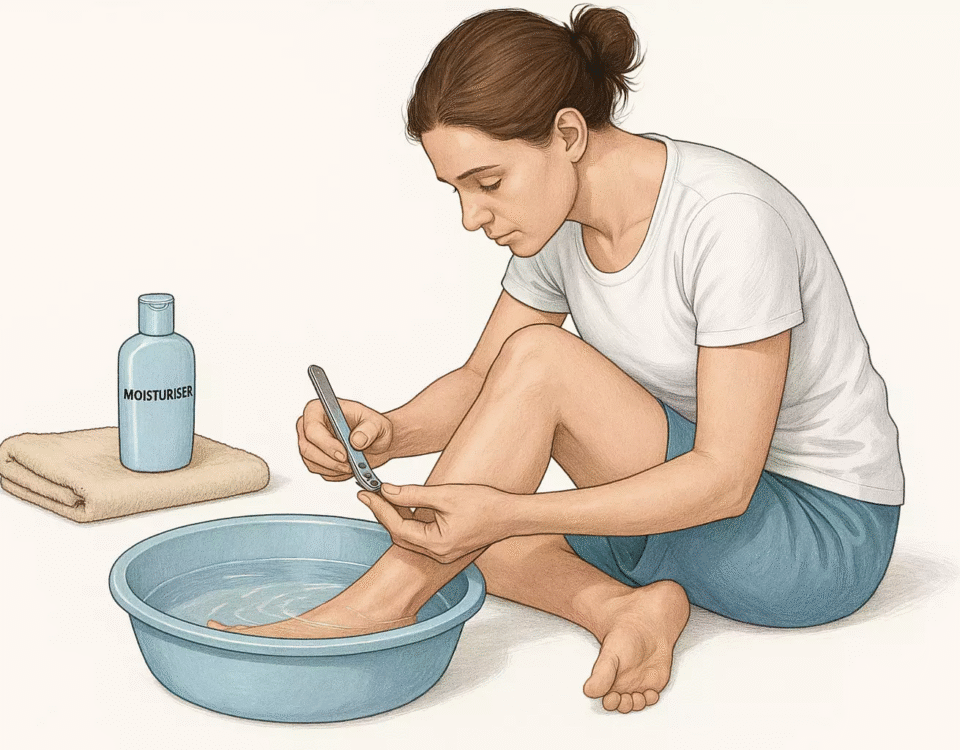
4 Treatment Options After Being Diagnosed With Colon Cancer
October 21, 2025
The Role of Physical Therapy in Shoulder Pain Management
October 21, 2025Varicose veins are a common condition that develops when vein walls or valves are damaged, allowing blood to flow backward and pool. Veins use small valves to return low-oxygen blood to the heart, and damage to these valves affects circulation. When blood pools, it can cause the veins to swell, creating the characteristic appearance of varicose veins. Here are a few things to know when understanding risk factors for varicose veins:
Recognizing Vein Problems
Leg pain and swelling are common symptoms of circulation problems involving the arteries or veins. Conditions such as peripheral artery disease (PAD), varicose veins, and venous insufficiency can cause discomfort in the legs, especially when walking or standing for extended periods. These issues may also lead to swelling in the ankles or feet and can result in leg wounds that do not heal properly. Such symptoms often indicate the need for a thorough evaluation to identify underlying vascular issues.
At RIA Endovascular, our team of interventional radiologists specializes in diagnosing and treating various vascular conditions. We offer minimally invasive procedures, such as angioplasty, sclerotherapy, and ablation therapies, to address issues affecting your veins and arteries. Early intervention can help manage symptoms and improve quality of life. Understanding your options and discussing concerns with a qualified specialist supports informed care decisions.
Factors Affecting Health
Many internal and external factors can influence vein health. Hormonal changes, age, and certain medical conditions may alter circulation and affect vein function. Environmental elements such as temperature, prolonged pressure on the legs, or repetitive strain may also play a role in how veins respond over time. Being aware of these influences helps provide context for overall vascular health. A few examples of common risk factors:
- Chronic venous insufficiency
- Blood clots
- Vein inflammation
- History of deep vein thrombosis
Procedures for Care
Professionals may use a variety of procedures to address vein-related issues. Many methods can be minimally invasive, enabling patients to recover more quickly than with traditional surgery. Because each vein condition differs, physicians tailor treatments to the specific needs of the patient.
Sclerotherapy involves injecting an irritant directly into the diseased vein, which causes the vein to collapse and close. Ablation procedures use laser or radiofrequency energy to seal veins, reducing blood flow to the affected area. Phlebectomy is a minimally invasive surgery that removes veins through small incisions while preserving surrounding tissue.
Stenting involves placing a mesh tube inside a vein or blood vessel. The stent keeps the blood vessel open, and it helps maintain proper blood flow. Because this approach differs from other treatments, it is usually reserved for specific vein conditions or when additional support is needed.
Seeking Guidance For Varicose Veins
Understanding varicose veins provides insight into managing their potential effects over time. Observing symptoms carefully may indicate when to seek professional guidance, and discussing them openly can clarify your situation. A consultation offers detailed information about potential approaches, treatments, and options for care. Take the next step by scheduling an appointment to learn more about available support.
- Navigating Healthy Weight Loss During Life Changes
- Candizi – Where Wellness Meets Delicious Simplicity
- EO PIS – Executive Operations Performance Indicator System Explained
- A 2022. Évi Téli Paralimpia Megnyitó Ceremóniája – A Grand Opening Beyond Sports
- Understanding the Services Offered at Aesthetic Centers




